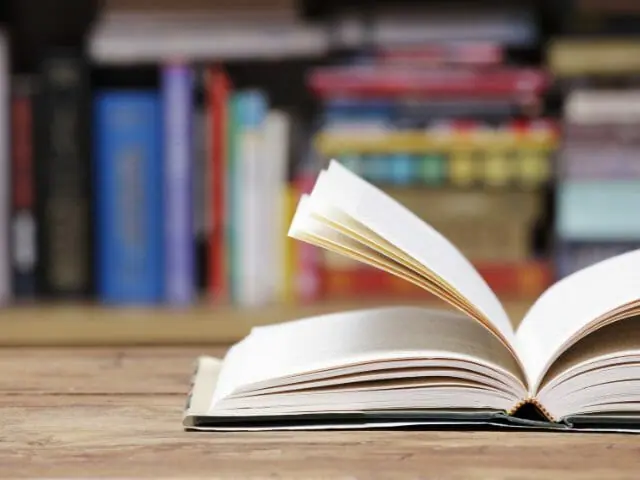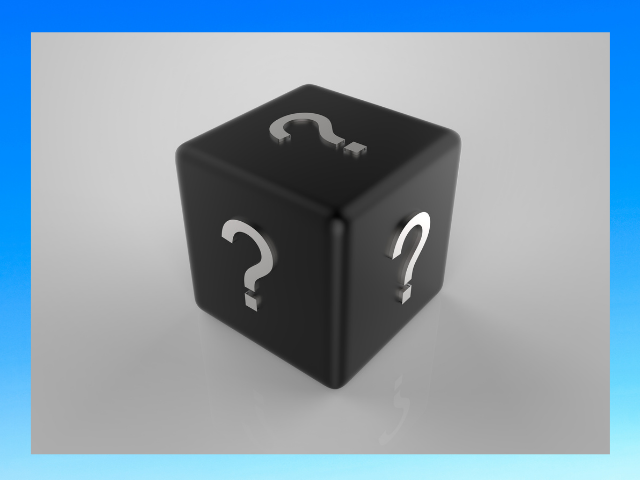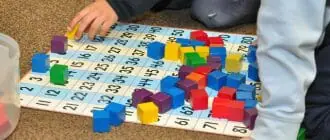Equipping our students with the toolkit they need to read proficiently is one of our most meaningful tasks as a teacher.
According to a study…
Reading does not only offer a world of enjoyment, but it also lessens the possibility of depression, unemployment, and low self-esteem later in life.
I hope these 5th-grade reading comprehension activities will open the door for reluctant readers in your class to develop the skills that will usher them to enjoy reading.
1. Five Senses Reading Game

Create a 5 senses chart by drawing a table with 5 columns on the board. Label the columns “I see, I hear, I feel, I smell, and I taste”.
Write the topic of today’s reading material as the chart title. Have your 5th-grade students brainstorm about what they know about the topic and write their answers on the chart.
2. Know and Wonder Activity
This reading comprehension activity is great for activating 5th-grade students’ prior knowledge too. Simply give them worksheets with two columns labeled “What I know” and “What I wonder”. Write the book topic you’re about to tackle on the board.
Have the students fill in the worksheets with what they know about the topic and their questions about it.
3. Cheeseburger Graphic Organizers
In the fifth grade, reading comprehension activities need to be both challenging and relatable.

This fun, visual activity is just that, for who doesn’t love cheeseburgers? It’s perfect for practicing how to identify the main idea from reading passages.
Simply ask your students to draw a cheeseburger. On the top bun, have them write what the main idea of a reading passage is.
Next, have them write the supporting details (pieces of information or story elements that reinforce or expand the main idea) on the contents of the burger. The passage conclusion then goes on the lower bun.
Identifying these features can help improve 5th-grade students’ ability to identify story elements and upgrade their reading comprehension skills.
4. Signal Words Silent Game
The fifth-grade reading level is the best level to master recognizing text structures.
When students recognize text structure, research shows that they tend to remember more information and answer comprehension questions correctly. It helps students know what to expect from the text they are reading.
Make an anchor chart showing what signal words to expect from different text structures. Place different comprehension reading passages in different parts of the room and assign different text structures to your 5th-grade students.
Ask them to read the passages around the room silently and stand beside the passage to which their structure corresponds. They are not allowed to talk to their classmates.
Reveal the answers. Ask the class to reflect on how easy or difficult the reading comprehension activity is.
5. Predict a Mystery Puzzle

For 5th-grade students to be competent in answering comprehension questions, they should learn how to constantly analyze their predictions and change them if needed while reading.
Prepare a challenging puzzle and divide this puzzle into four parts. Divide the class into groups. Ask each small group to complete the puzzle parts and predict what the bigger picture is. Ask them to write what their first, second, and third predictions were and how they came up with them.
Reveal the big picture and ask your 5th-grade students to reflect on what they’ve learned about making predictions.
6. Inference Challenge Week
Developing inference skills will help 5th-grade students make conclusions even when the writer doesn’t give exact details in a story.
This is especially handy when analyzing character traits and identifying story elements.
Post a daily reading challenge for a week with comprehension questions on the bulletin board and challenge your 5th-grade students to answer them.
Here’s an example:
- “Whoa, that’s spectacular! Said the boys with eyes open wide. They ran as fast as they could, trying to reach the colorful spectacle in the sky, their clothes wet from the rain that had just stopped falling. They all fell down the wet grass with contented smiles on their faces.”
- What did the boys see in the sky?
- What did they feel when they saw it?
7. The Gist Challenge

Challenge your 5th-grade students to summarize a story with only 20 words.
Divide the class into teams and give different newspaper articles to each group. Ask each small group to identify the 5ws and 1H (who, what, when, where, why, and how) and write a 20-word summary of the article.
Ask group representatives to present their summaries to the class.
8. Something New
This is perhaps one of the most engaging reading comprehension activities for 5th graders from this list. At this grade level, students love to show off their new stuff.
Ask students to bring the newest thing they own and keep it a secret. Ask them to partner up and take turns asking questions in relation to the new item before, during, and after it is revealed. Their questions should be open-ended to gather clues or fun facts about the object. (e.g. What is it used for? Where did you buy it?)
Connect this to a reading activity by explaining that asking questions at different stages of reading helps them stay engaged and helps keep their flow of thought moving.
9. Connections Garland
Divide your 5th-grade class into three groups by passing around light red, yellow, and blue paper triangles with the following instructions:
- Red: Write how you relate to the story using your own experiences or history.
- Yellow: Write how the story relates to another story you’ve read.
- Blue: Write how the story connects to what you know about the world.
Ask them to decorate their triangles with crayons and markers then ask select students to share what they’ve written.
Have the whole group connect the triangles to a string as a garland that you can display in class. This is also a great ornament for 5th-grade classroom reading centers.
10. Poster-Making Contest
In search of reading comprehension activities for 5th graders that call for competition?
Then teach your 5th-grade students to make mental pictures of what they’ve read through this creative contest.
Divide the class into groups and tell each group to have fun interpreting what they’ve read through a poster. Have other 5th grade teachers judge their works and make sure to give a reward to the winning team.
This visualization practice will help enhance their reading comprehension and overall reading skills. The posters will also make great decorations for low-prep reading centers.
11. Let’s Drive the Thinking Bus
Incorporating how to learn this skill in your 5th-grade reading comprehension games will help students manage and adjust their thinking when faced with reading difficulties.
Ask your 5th-grade students to draw a bus with them on the driver’s seat. Read a text and then ask reading comprehension questions. Students then answer questions by writing them inside the bus and also writing how they came up with the answer using keywords (e.g. predicting, inferring, comparing, contrasting).
You might want to give example keywords before the activity and tell students that they are free to add their own. Show the answer key and ask students to reflect on their thought processes that led to wrong answers. How could they have thought differently? Ask for volunteers to share their thoughts.
Explain to the kids that they just practiced meta-cognition, that the bus represents their brain, and that they are in charge of their brains as drivers. They are free to change routes if one way of thinking is not working towards their goals.
Jump In: Your 5th graders are about to finish their elementary phase and have greatly improved their reading skills. Make their time more productive by giving them reading materials that will further their fluency in the English language. Visit my post for a few of my chosen selections — 5th Grade Reading Fluency Passages: 11 Books For G5 Students.
Related Questions
What are reading centers for 5th graders?
Reading centers are areas in classrooms that encourage leisure reading. They are classroom corners where children can access books and reading activities for 5th-grade students freely.
Where can I get free resources when I need a printable reading activity for 5th graders?
You can get lots of ideas for reading games and download free printables from Reading Rockets, a national public media literacy initiative in the US.
Final Thoughts
As a final note, remember to explicitly model the right thought processes your 5th-grade students should follow using the think-aloud teaching method when first demonstrating an activity.
Guiding students to master their visualization, summarization, inferencing, predicting, connecting, and meta-cognition skills will be no easy feat, but for sure you’ll make learning fun and light with these unique activities.
Last Updated on July 24, 2022 by Emily
- Facebook9
- Twitter21
- Pinterest67
- 97shares




